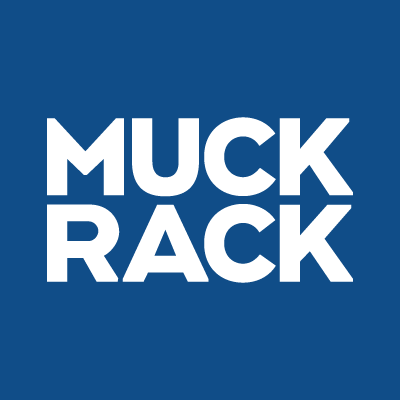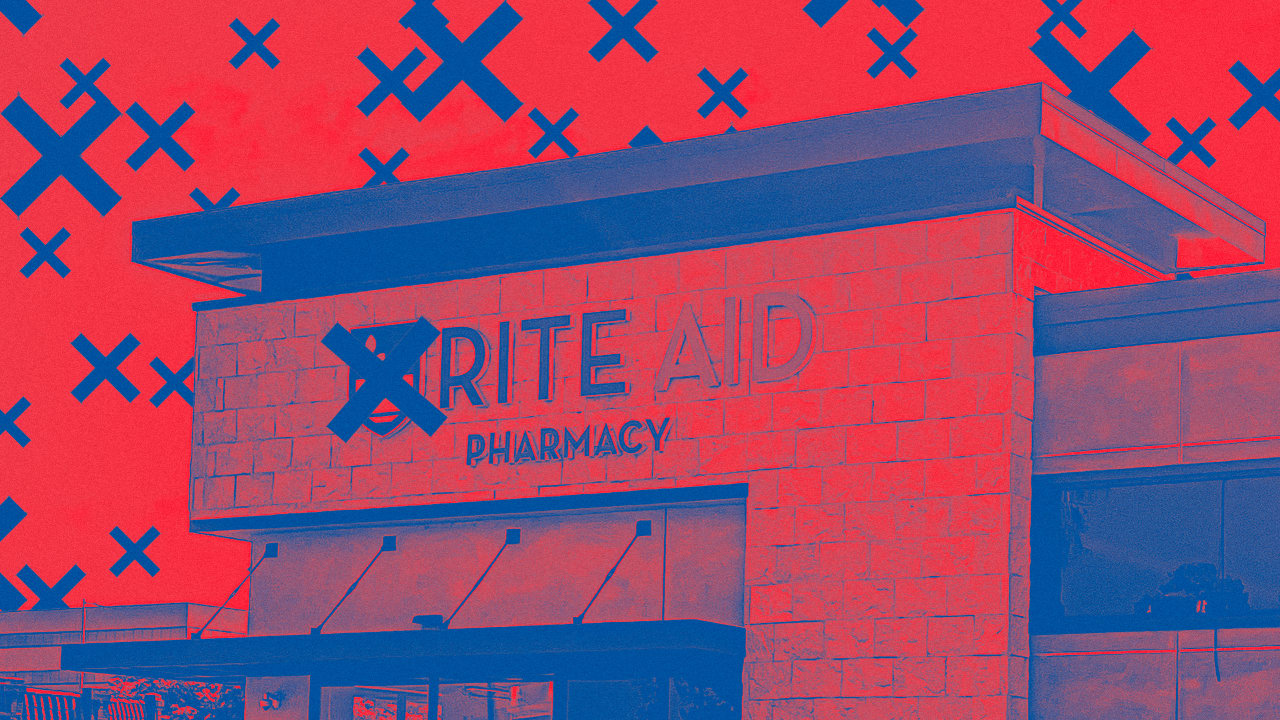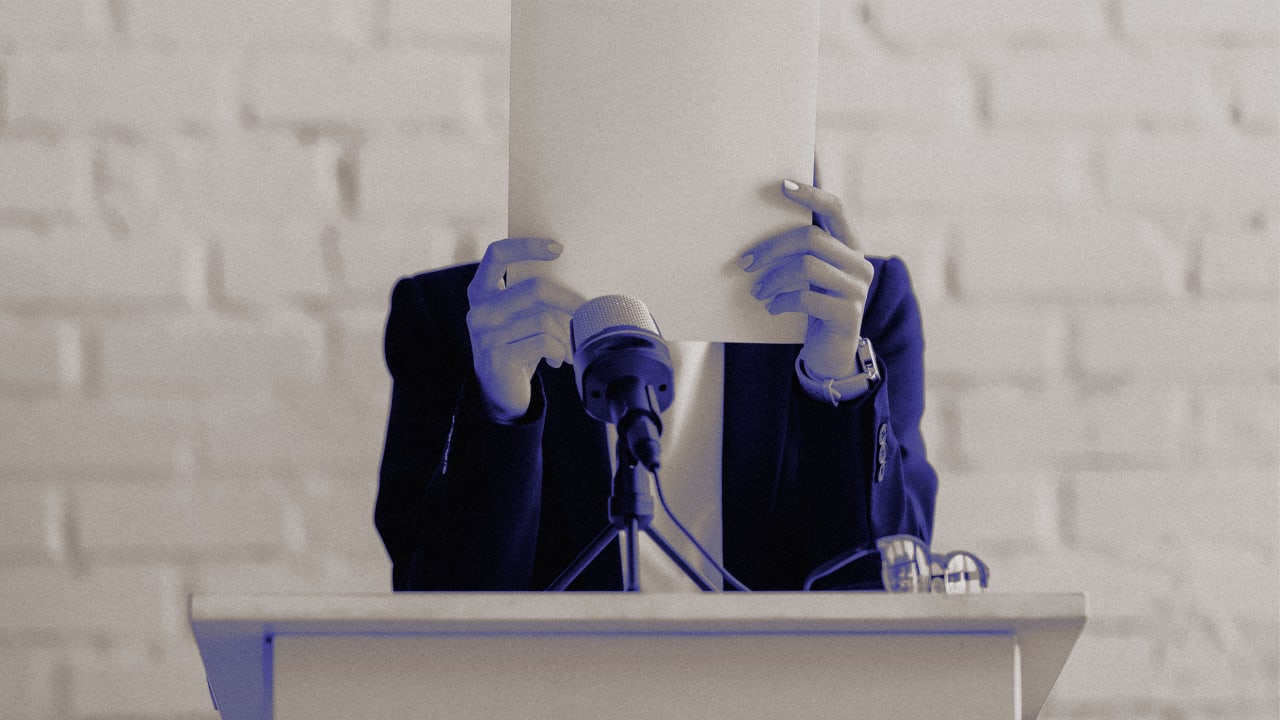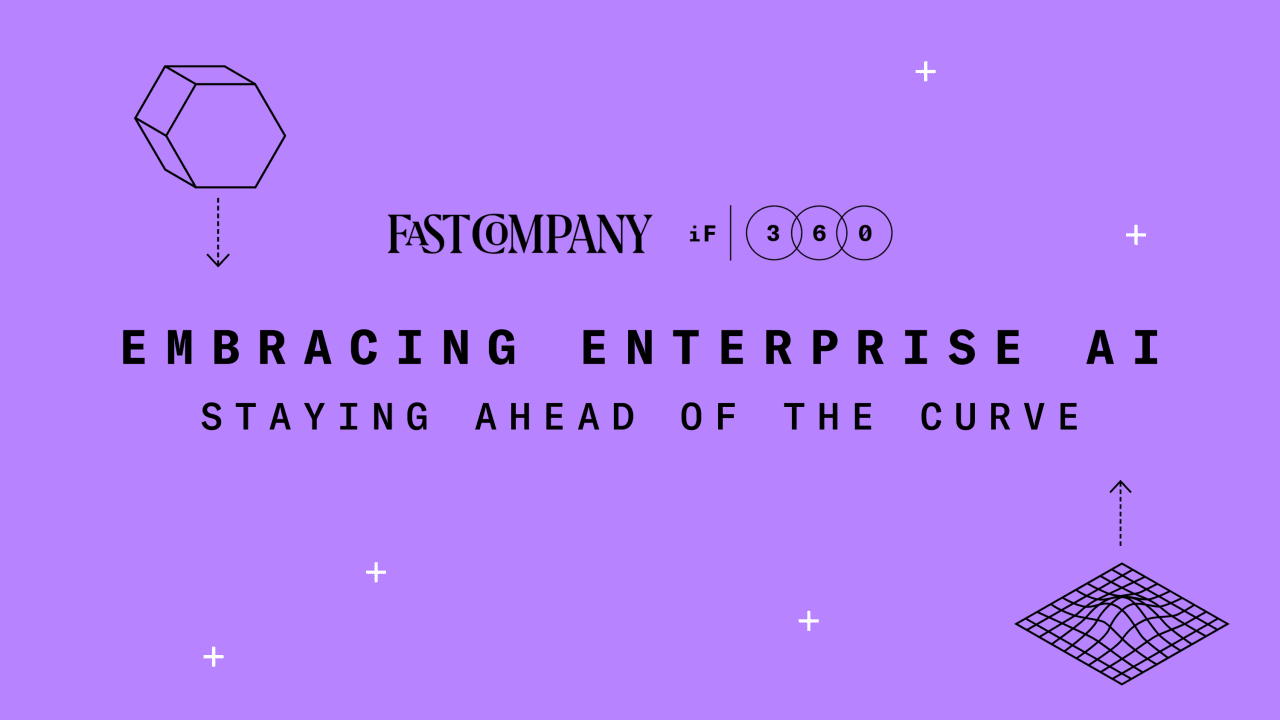Boring is expensive
Boring is expensive. The first time I saw those words was the summer of 2023. Our head of strategy in New York had them on a slide during a meeting, and it stopped me cold. Since then, it’s become something of a mantra around here, not because it was a new idea, but because it captured something I’ve felt in my bones since the beginning of our agency. It put a price tag on the thing we’ve been fighting all along: sameness. I’ve always believed that distinctive work wins. It wins creatively, emotionally, and commercially. That the best advertising doesn’t blend in with the category. It stands out from it. Sometimes it even does the exact opposite of what the rest of the category is doing. And now, more than ever, that matters. The age of sameness We’re living in an age of sameness. Average is everywhere. The gravitational pull to fit in is strong. And I’m not just talking about advertising. Fitting in, after all, is a good thing for us humans. We want to belong. We want to blend in with the group. We want our kids to be accepted at school. We even want our dogs to fit in with their furry friends at the dog park. But if you’re a brand, fitting in is the fast track to irrelevance. When everything looks and feels the same, what are people supposed to base their choice on? Usually, it’s price. The cost of boring At our company, we talk a lot about “fighting sameness.” Because while comfort might feel like safer bet (especially in turbulent times), safe can be forgettable. And it can be costly. That’s what research from Binet & Field, System1, and the IPA has shown us: Emotional ads that drive fame are 29% more likely to deliver major profit growth Roughly 50% of ads are “neutral,” meaning they make people feel nothing Dull ads require 7.3 more share of voice points—or around £9.8M more in spend—just to compete with a strong emotional campaign That’s the cost of boring. And we’ve seen the upside of doing the opposite when brands are brave enough to stand out, the results follow. Like when Extra Gum launched their now-famous comeback ad in 2021, set to Celine Dion’s “It’s All Coming Back to Me Now.” While most brands were preaching caution and isolation, Extra leaned into humor, joy, and pent-up human connection. Sales spiked. Brand metrics jumped. It won the Global Grand Effie, the top recognition for advertising effectiveness. Make people feel something We’ve seen it firsthand in our own work, too. At the height of inflation, we launched The Fixed-Rate Pizza for Pizza Pizza, a tongue-in-cheek campaign that treated pizza like a financial asset. People could “lock in” their price for a full year, complete with “pre-approvals.” It cut through the noise and immediately drove increases to store, web traffic, and sales growth. With Harry’s, our brand platform “Man, that feels good” challenged the overpromising masculinity tropes of the grooming category. And it’s paying off. Honesty has always been part of the brand’s DNA and leaning back into it has drove lifts in awareness, consideration, and perceived quality across the board. When the work dares to be different and it makes people feel something, it works better. Full stop. So yes, “boring is expensive” might be a clever turn of phrase. But to all of us in the marketing community, it’s more than that. It’s a reminder. A challenge. And maybe even a little warning. So if you’re in a position to shape the work, as a marketer, as a CEO, as a CFO, this is your moment. Push for the bold The next time you brief your agency, ask for something you haven’t seen before. Something that makes you feel something. Resist the comfort of category conventions. Don’t reach for the familiar. Reach for the stuff that scares you a little. The stuff that gets talked about, remembered, and passed around. Fight for the work that doesn’t blend in. Back your creative teams when they bring you bold, emotional, human ideas. No, actually push them further. Challenge them to surprise you. Because safe might get approved, but it rarely moves the needle. So push for bold. Ask for different. Fight sameness. Mike Sutton is president and CEO of Zulu Alpha Kilo.
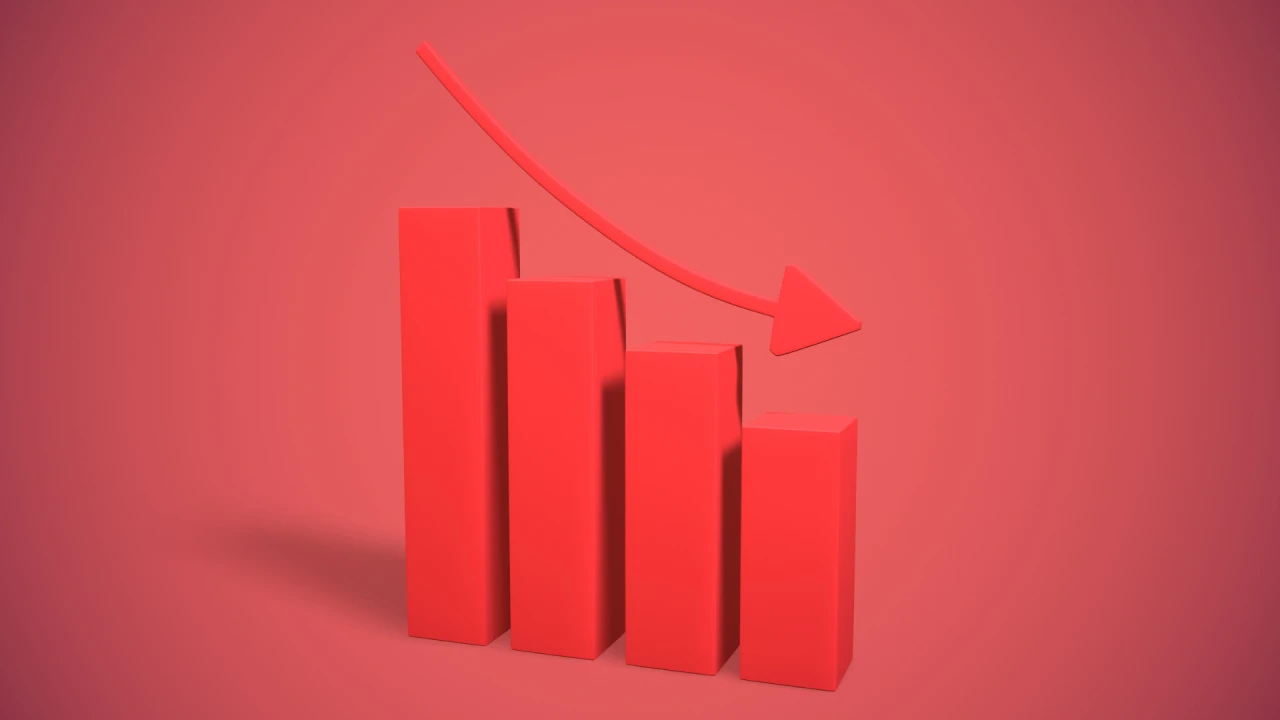
Boring is expensive. The first time I saw those words was the summer of 2023. Our head of strategy in New York had them on a slide during a meeting, and it stopped me cold.
Since then, it’s become something of a mantra around here, not because it was a new idea, but because it captured something I’ve felt in my bones since the beginning of our agency.
It put a price tag on the thing we’ve been fighting all along: sameness.
I’ve always believed that distinctive work wins. It wins creatively, emotionally, and commercially. That the best advertising doesn’t blend in with the category. It stands out from it. Sometimes it even does the exact opposite of what the rest of the category is doing.
And now, more than ever, that matters.
The age of sameness
We’re living in an age of sameness. Average is everywhere. The gravitational pull to fit in is strong. And I’m not just talking about advertising.
Fitting in, after all, is a good thing for us humans.
We want to belong. We want to blend in with the group.
We want our kids to be accepted at school.
We even want our dogs to fit in with their furry friends at the dog park.
But if you’re a brand, fitting in is the fast track to irrelevance.
When everything looks and feels the same, what are people supposed to base their choice on? Usually, it’s price.
The cost of boring
At our company, we talk a lot about “fighting sameness.” Because while comfort might feel like safer bet (especially in turbulent times), safe can be forgettable. And it can be costly.
That’s what research from Binet & Field, System1, and the IPA has shown us:
- Emotional ads that drive fame are 29% more likely to deliver major profit growth
- Roughly 50% of ads are “neutral,” meaning they make people feel nothing
- Dull ads require 7.3 more share of voice points—or around £9.8M more in spend—just to compete with a strong emotional campaign
That’s the cost of boring.
And we’ve seen the upside of doing the opposite when brands are brave enough to stand out, the results follow.
Like when Extra Gum launched their now-famous comeback ad in 2021, set to Celine Dion’s “It’s All Coming Back to Me Now.” While most brands were preaching caution and isolation, Extra leaned into humor, joy, and pent-up human connection. Sales spiked. Brand metrics jumped. It won the Global Grand Effie, the top recognition for advertising effectiveness.
Make people feel something
We’ve seen it firsthand in our own work, too.
At the height of inflation, we launched The Fixed-Rate Pizza for Pizza Pizza, a tongue-in-cheek campaign that treated pizza like a financial asset. People could “lock in” their price for a full year, complete with “pre-approvals.” It cut through the noise and immediately drove increases to store, web traffic, and sales growth.
With Harry’s, our brand platform “Man, that feels good” challenged the overpromising masculinity tropes of the grooming category. And it’s paying off. Honesty has always been part of the brand’s DNA and leaning back into it has drove lifts in awareness, consideration, and perceived quality across the board.
When the work dares to be different and it makes people feel something, it works better. Full stop.
So yes, “boring is expensive” might be a clever turn of phrase. But to all of us in the marketing community, it’s more than that.
It’s a reminder. A challenge.
And maybe even a little warning.
So if you’re in a position to shape the work, as a marketer, as a CEO, as a CFO, this is your moment.
Push for the bold
The next time you brief your agency, ask for something you haven’t seen before. Something that makes you feel something. Resist the comfort of category conventions. Don’t reach for the familiar. Reach for the stuff that scares you a little. The stuff that gets talked about, remembered, and passed around.
Fight for the work that doesn’t blend in.
Back your creative teams when they bring you bold, emotional, human ideas. No, actually push them further. Challenge them to surprise you.
Because safe might get approved, but it rarely moves the needle.
So push for bold. Ask for different. Fight sameness.
Mike Sutton is president and CEO of Zulu Alpha Kilo.
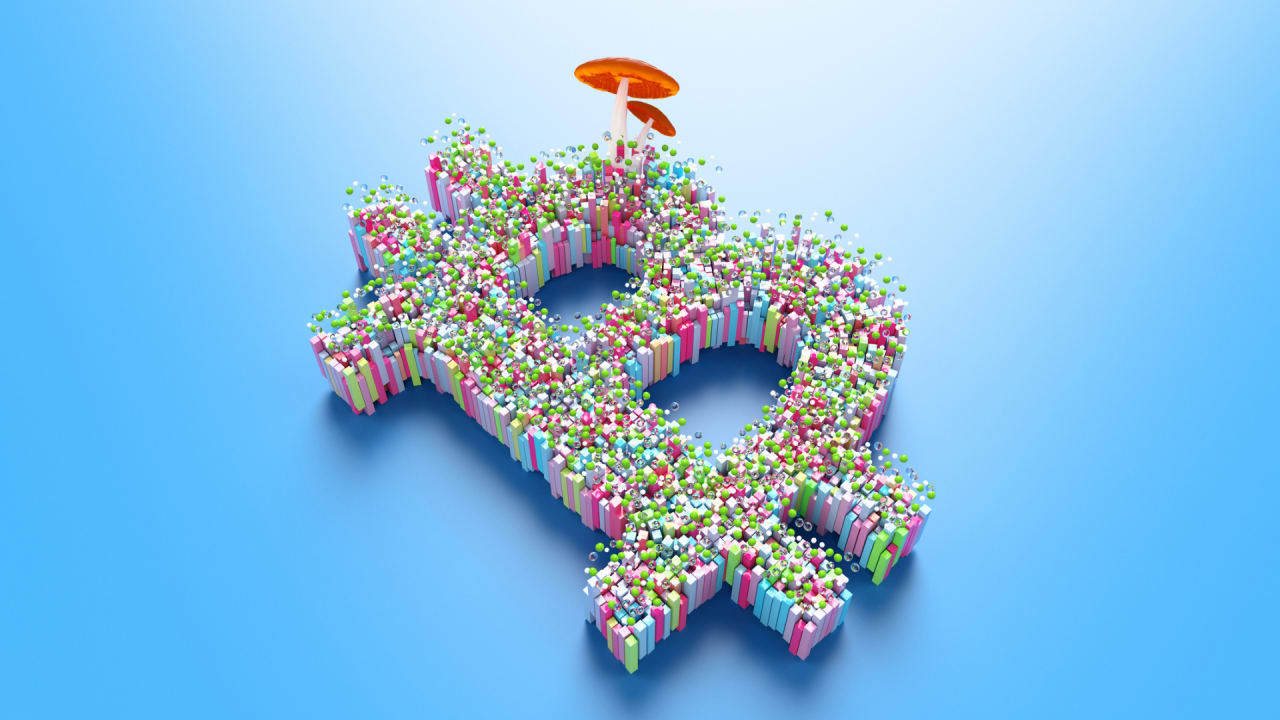



















































































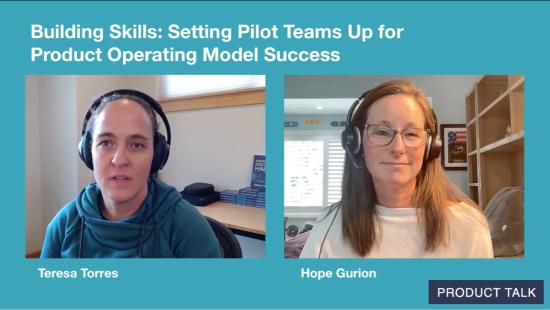








![[PATREON EXCLUSIVE] The Power of No: How to Say It, Mean It, and Lead with It](https://tpgblog.com/wp-content/uploads/2025/06/just-say-no.jpg?#)






























